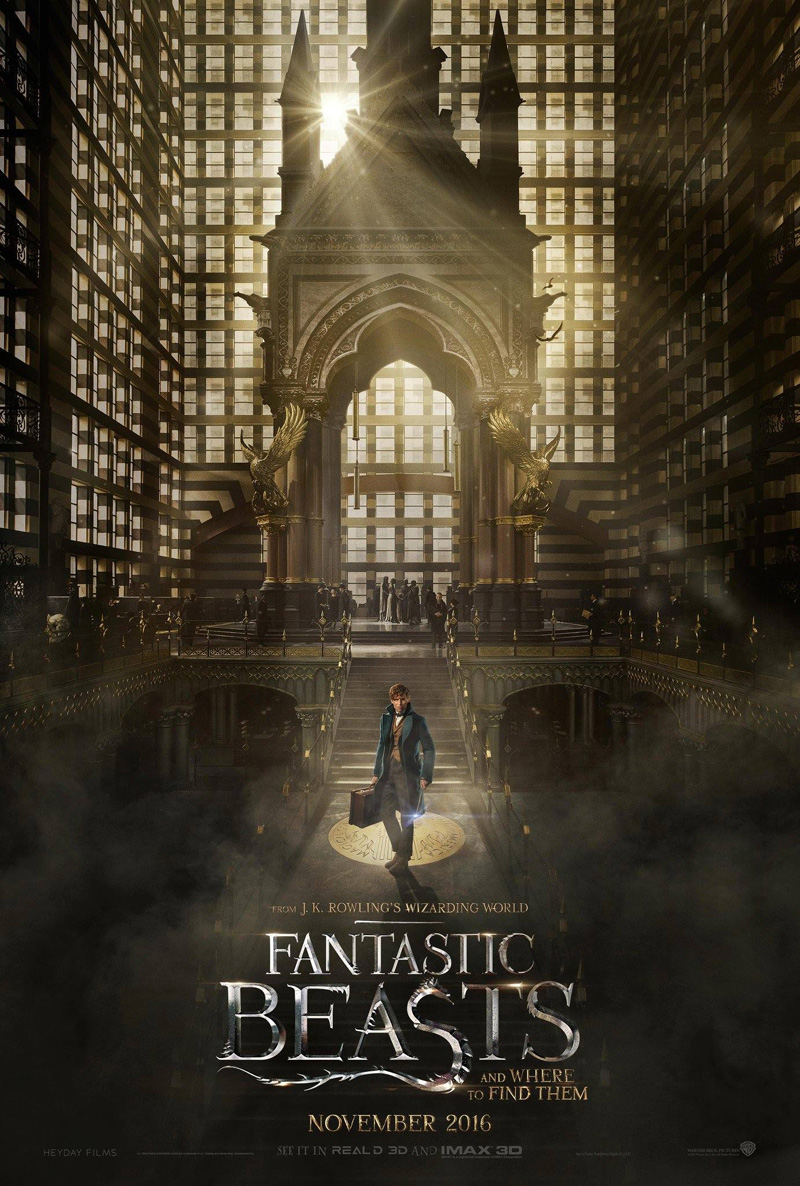Movie goers swear by the audio-visual quality that IMAX provides. The movie watching experience is enhanced. As a result the ticket prices for IMAX shows are much higher than the regular movies. Even though IMAX theatres were introduced in 1971, they gained popularity much later in the 2000s.
Ever wondered what is it that sets IMAX apart from the regular theatre? We got a list of differences for you.
Screen sizes
IMAX theatres have a dome circular and huge plain screens that almost cover the entire theatre and makes you feel like a part of the film. Whereas normal theatres have plain and regular screen of limited pixel resolution. The screen size difference is so much that IMAX screens are six times larger than regular theatre screens.

Film Formats
Regular film formats are either 35 mm or 70 mm. Whereas IMAX film formats are 15/70 mm. This means that each frame is 70 mm high and 15 perforations wide. This also means that the film size is about 10 times bigger than the standard 35 mm film, giving the visuals in incredible clarity.
Sound
IMAX has a patented fully immersive 12.1 channel 15,000-watt digital speaker with a wider frequency response. There are special sound engineers or audio engineers who specialise in creating speakers with a more powerful output in addition to crystal quality sound. The theatre geometry adds to the experience and the sound travels through the auditorium making the movie an enriching experience.
Projection Technique
Most IMAX movie theatres use a high-powered laser light engine. Unlike the traditional xenon lamps, IMAX lasers have a twin 4K proprietary digital projectors to light the huge screen, thereby giving the sharpest, brightest, clearest and the most vivid screen images ever.
Aesthetics
Legendary IMAX director MacGillivray Freeman claims that the audience experience created in terms of imagery in an IMAX is far detailed than a regular format. The shots in regular films don’t last long because the director controls what the audience looks at. In these cases, the audience is directed to look at a specific thing whereas in IMAX the shot is too descriptive and is naturally longer.

Digital Remastering
Most IMAX movies go through a Digital Re-mastering or DMR which turns an already powerful film into an incredible IMAX film with enhanced images and sounds to create a sensational experience.
Impressed by the IMAX experience? You get to be a part of such impressive filmmaking world by learning the right software and techniques, and joining either a big production house or film studio. Know where to start by check out these job oriented courses.




